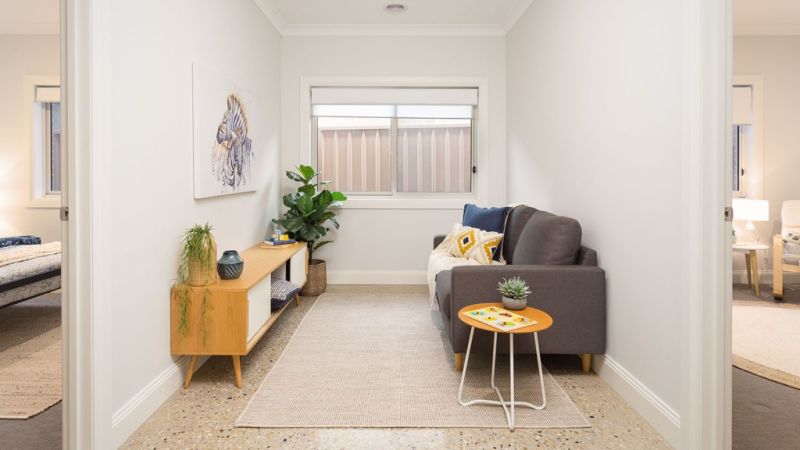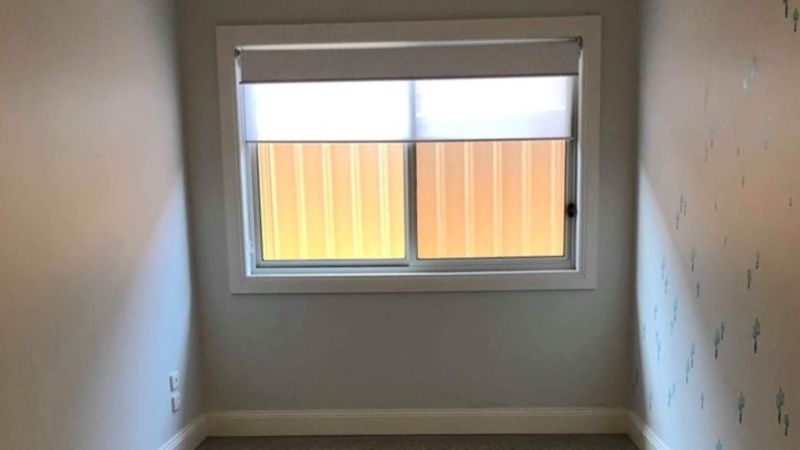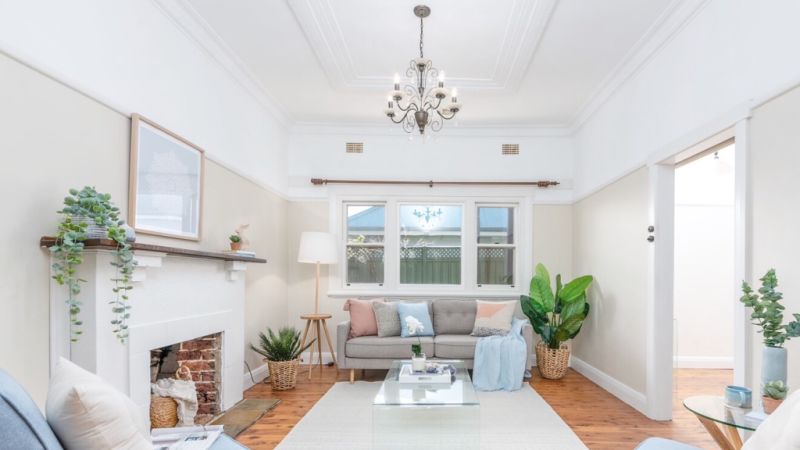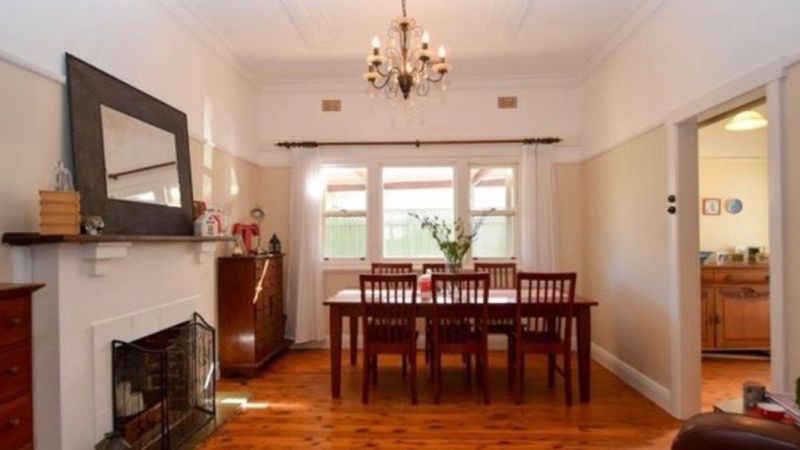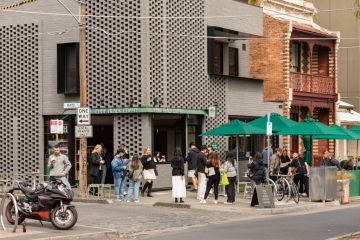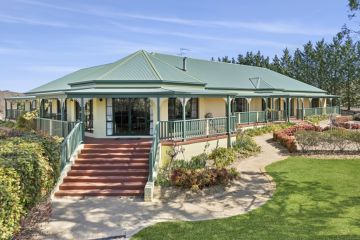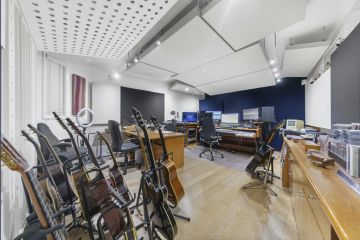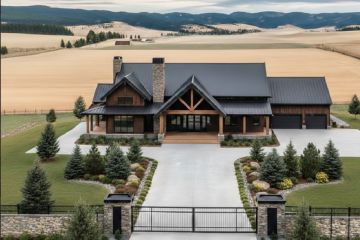How home stagers turn deal-breakers into selling points when preparing a property for sale
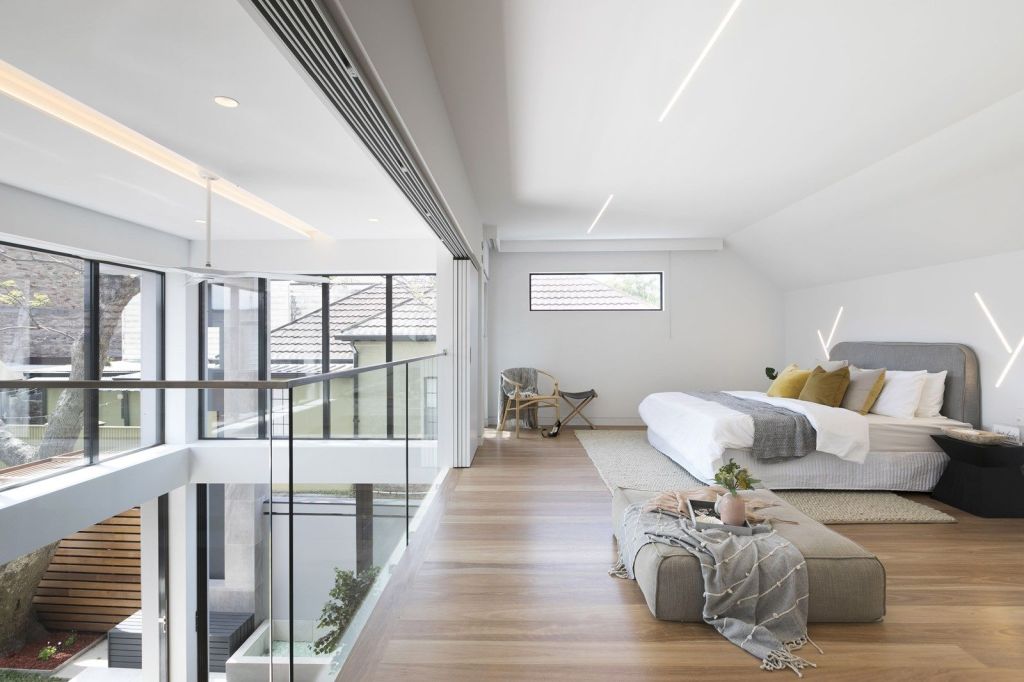
Every home owner putting their property on the market wants to achieve the best price, and more often than not it’s about creating an emotional connection between potential buyers and the home.
“In the first 20 seconds of walking into a property, a buyer has decided whether or not they can see themselves living there,” said Hayley Foots from The Inspired Space Albury.
“It is a hugely emotional decision. Once we fall in love with that perfect house, we’ll do whatever it takes to make it ours.”
So what problems do home stagers and stylists face when preparing a house for sale?
“Some of our biggest challenges have included lack of functionality with floor plans particularly in older homes, creating light in dark spaces, lack of maintenance, furniture that’s not to scale for the space and substantial amounts of wear and tear to a property,” said Foot.
Here’s what home stagers do to overcome these challenges and help boost the sale price of a property.
Awkward floor plans
Belinda Woolrych from Papillon Styling and Renovations says inconvenient room layouts can create challenges.
“Clever layout of furnishings can work but, if required, reconfiguring a floor plan may reap rewards worth many times the spend,” she said.
“Repurposing rooms to create a better space is quite an exciting challenge. We will sometimes find dead spaces in a home where we can create an additional ‘room’, for example a study nook, or additional living area. I have often created higher ROI [return on investment] where this can be achieved.”
Foots says getting the layout of the home right is a crucial part of staging. Sometimes all it requires is showing potential buyers what’s possible, as this styled home shows.
“Before staging, this space does not look functional. But buyers can now imagine the space as a living area or other possibilities such as a study or gym.
“We combined the colours from the adjoining bedrooms to create a nice flow. We also removed the wall decals as buyers may question whether or not they will have to repaint walls once they remove the decals.”
Incorrectly scaled furniture
There’s a fine line between the perfect-sized sofa and one too big for the space, says Foots.
“Having furniture that is too large or small for a room can mean less appealing marketing images and may show a lack of functionality,” she said. “It’s our job as stylists to ensure that furniture is well balanced and suits the size of the room.
“To ensure the scale is correct, we may ask our vendor to remove some existing furniture and replace it with something of more appropriate proportions.”
It’s also about addressing the target market, she said.
“A four-bedroom home may sell to a family with children, so we need to ensure that the living and dining spaces cater for up to six people,” she said. “To make this process easier, our inventory of furniture we use for staging includes furniture of all shapes and sizes for every environment.”
Dark rooms
Dark rooms can be a total turnoff for buyers, but simple techniques can help remedy this issue.
Woolrych says lighting is critical when transforming dark areas. “Choosing the time of day for open houses, ensuring [you] use bright wall colours, selecting suitable window furnishings and ensuring adequate lighting all help brighten dark rooms.”
Light help creates the feeling of space, which can often equate to a higher sale price, according to Foots.
“We remove dark furniture which is sucking the light from a room, remove heavy curtains which don’t affect privacy and add lamps where possible,” she said. “Floor lamps are great for living or dining areas and table lamps work well where possible in an office or bedroom.
She said mirrors help reflect light around a room, and a light rug can brighten up a space with dark coloured carpet or floorboards.
“In bedrooms, we replace dark linens with white bright linens. Furniture such as a sofa with legs which is raised off the floor is better than a large, dark and bulky sofa that sits right on the floor as it helps light travel throughout a room.”
Changing the image of a home
Unappealing houses can remain on the market far too long as many buyers cannot visualise the potential of the house. Styling may help decrease the time the property spends on the market, while it may also result in increased perceived value.
“I spend a lot of time in 1970s builds,” Woolrych said. “Fortunately, they can be transformed to appeal to today’s young family purchasers.
“Our typical changes would be to take up the carpet and utilise the usually lovely floorboards underneath, update the wall colours, window furnishings and furniture, updating pool fencing and surfaces, adding maintenance-free landscaping, plus clearing and cleaning.”
Foots says the key is strategic planning. “You know the feeling when you walk into a home, restaurant or store that just feels right? This is no accident.
“Getting everything right when it comes to design is all in using the right elements together,” she said. “We create this balance to give spaces a great look and feel.”
Woolrych argues that makeovers always increase value in a home. “I won’t recommend any changes that I believe won’t increase the value,” she said. “I know how it feels paying for it as I’ve done this many times for myself! I’m protective of my clients’ money as if it were my own.”
Do stylists hide potential problems?
Woolrych said styling isn’t about deceiving the buyer.
“We don’t believe in hiding problems, but removing the barriers and reasons not to buy through clever changes, and ensuring those changes appeal to the right target markets,” she said. “There are always opportunities in the homes we see.
“If the owner is not able to fix any problems, then the agent is made aware to ensure of transparency. But if the budget allows, we will usually get repairs made.”
Foots says a stylist’s job is to show each property to its highest potential, rather than give a false impression of the condition of the property.
“Imperfections exposed during an inspection won’t give the buyer a great impression. We may place a piece of artwork over a chip in the wall or a rug over a stain on the carpet, but these are all disguises easily achievable by the purchaser.
“The property may need some TLC, but they will see how great it can also look when furnished well.”
We recommend
We thought you might like
States
Capital Cities
Capital Cities - Rentals
Popular Areas
Allhomes
More
